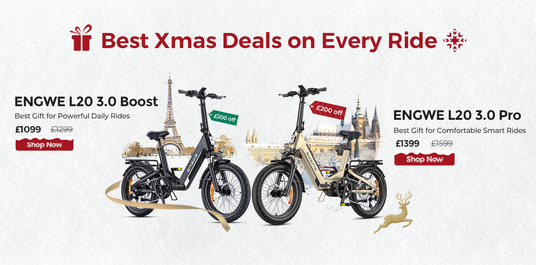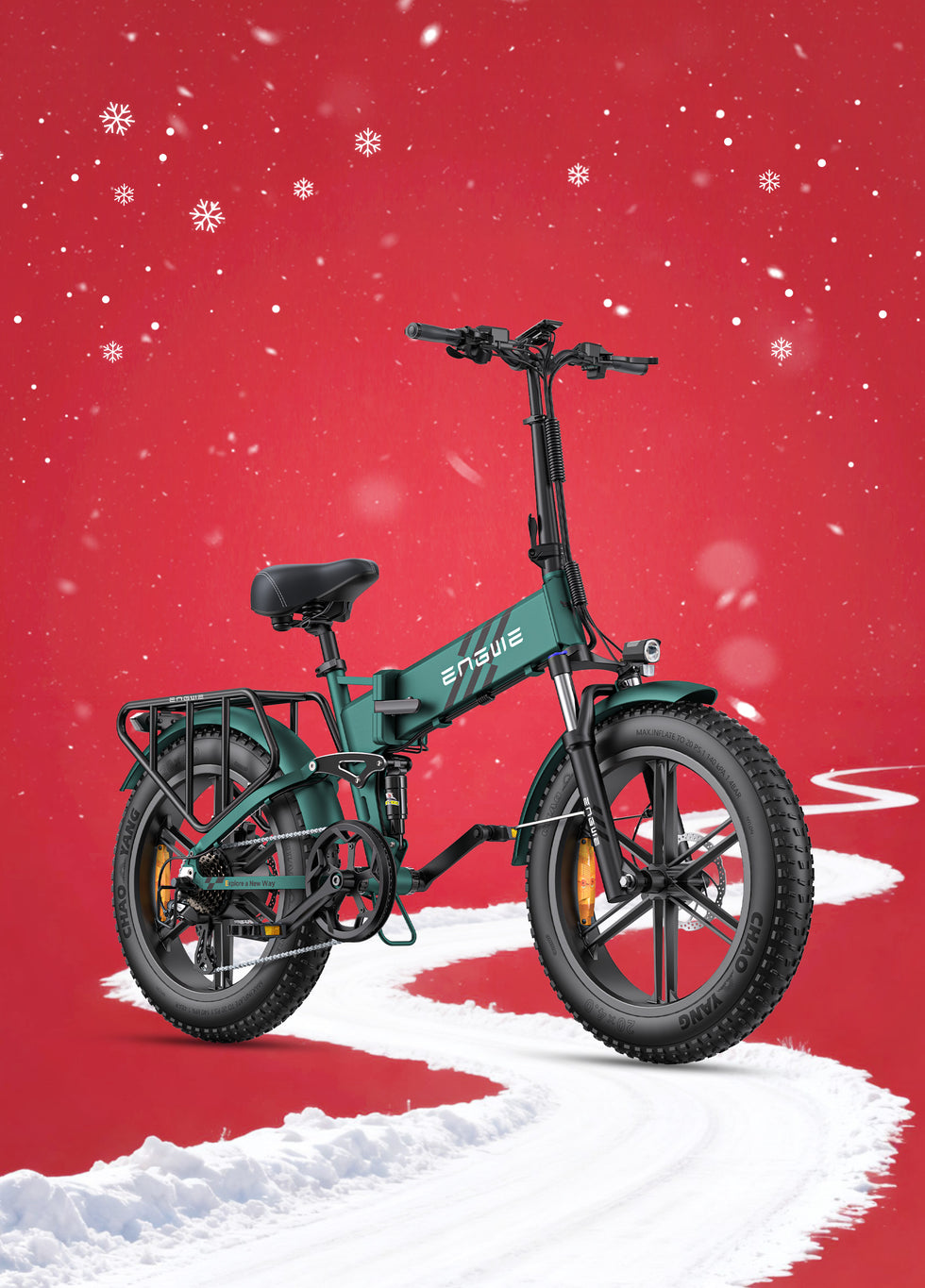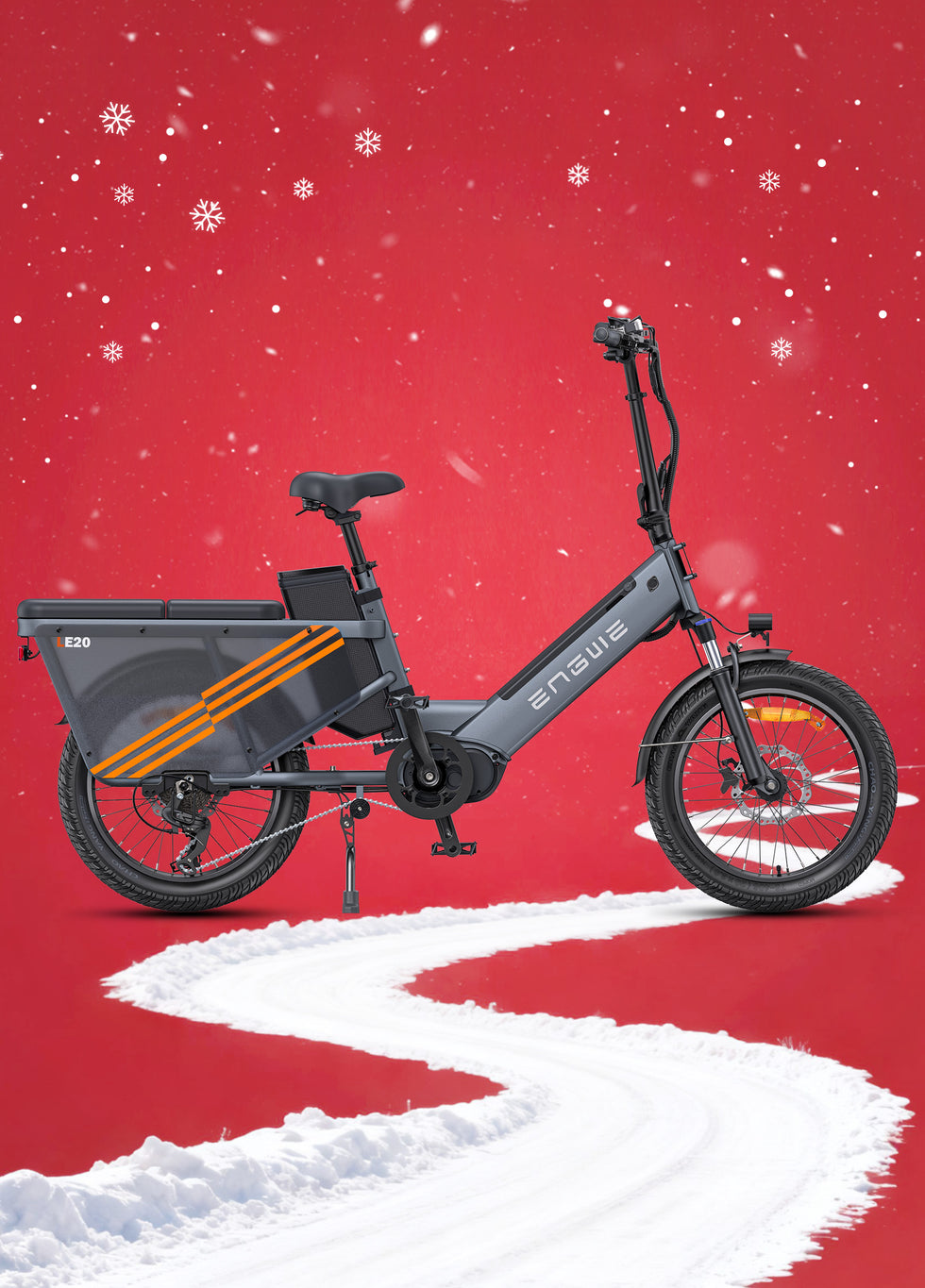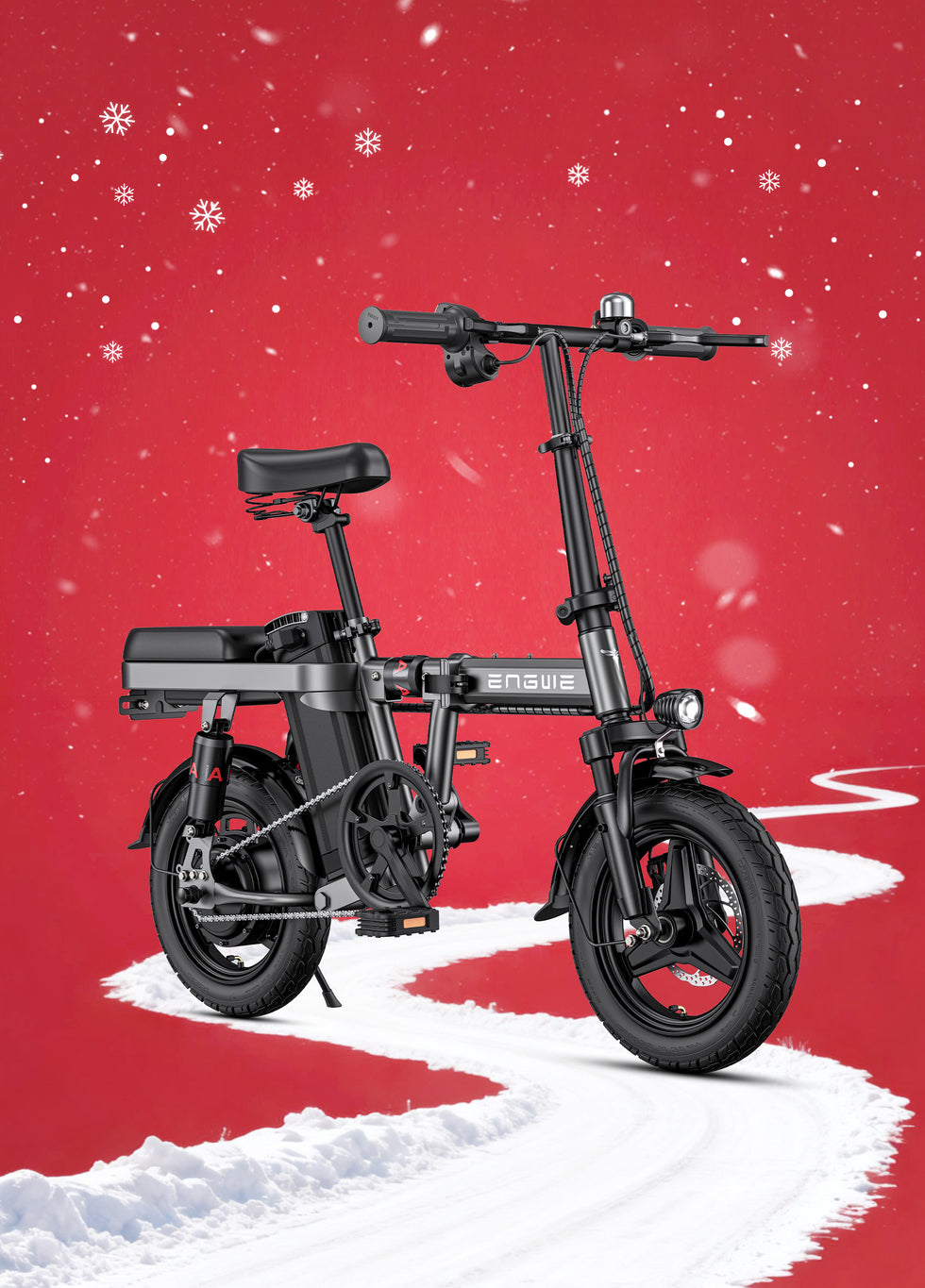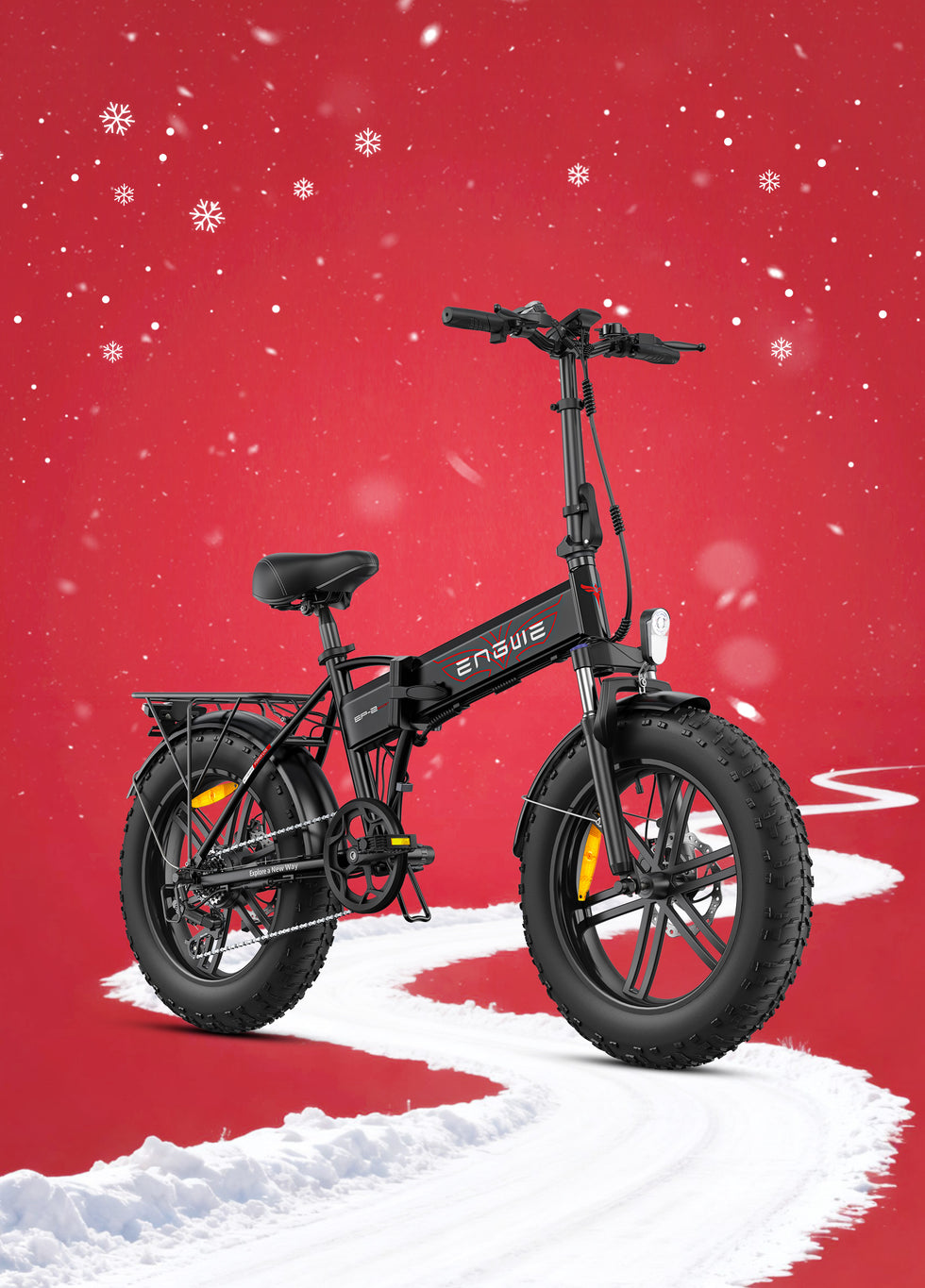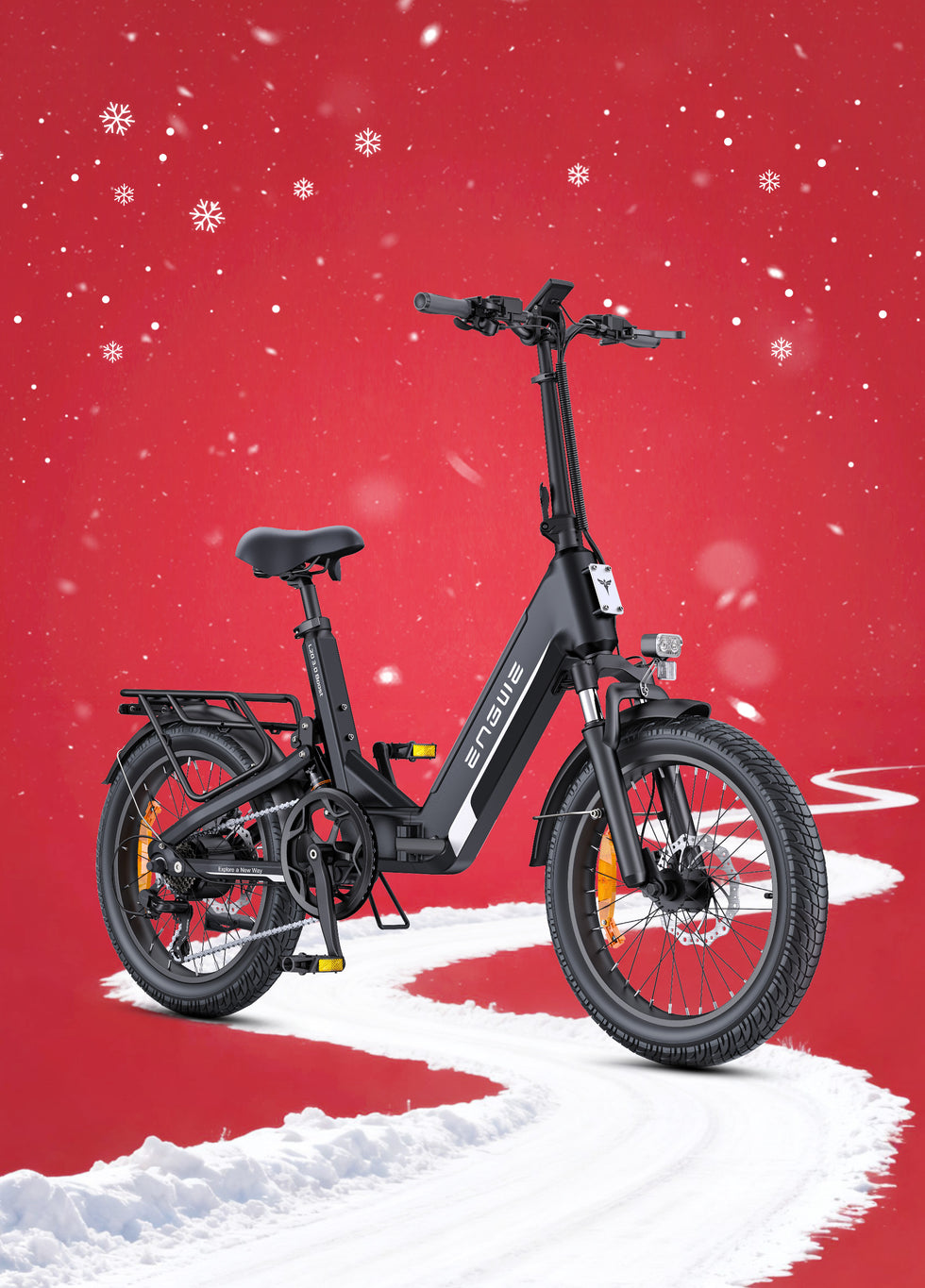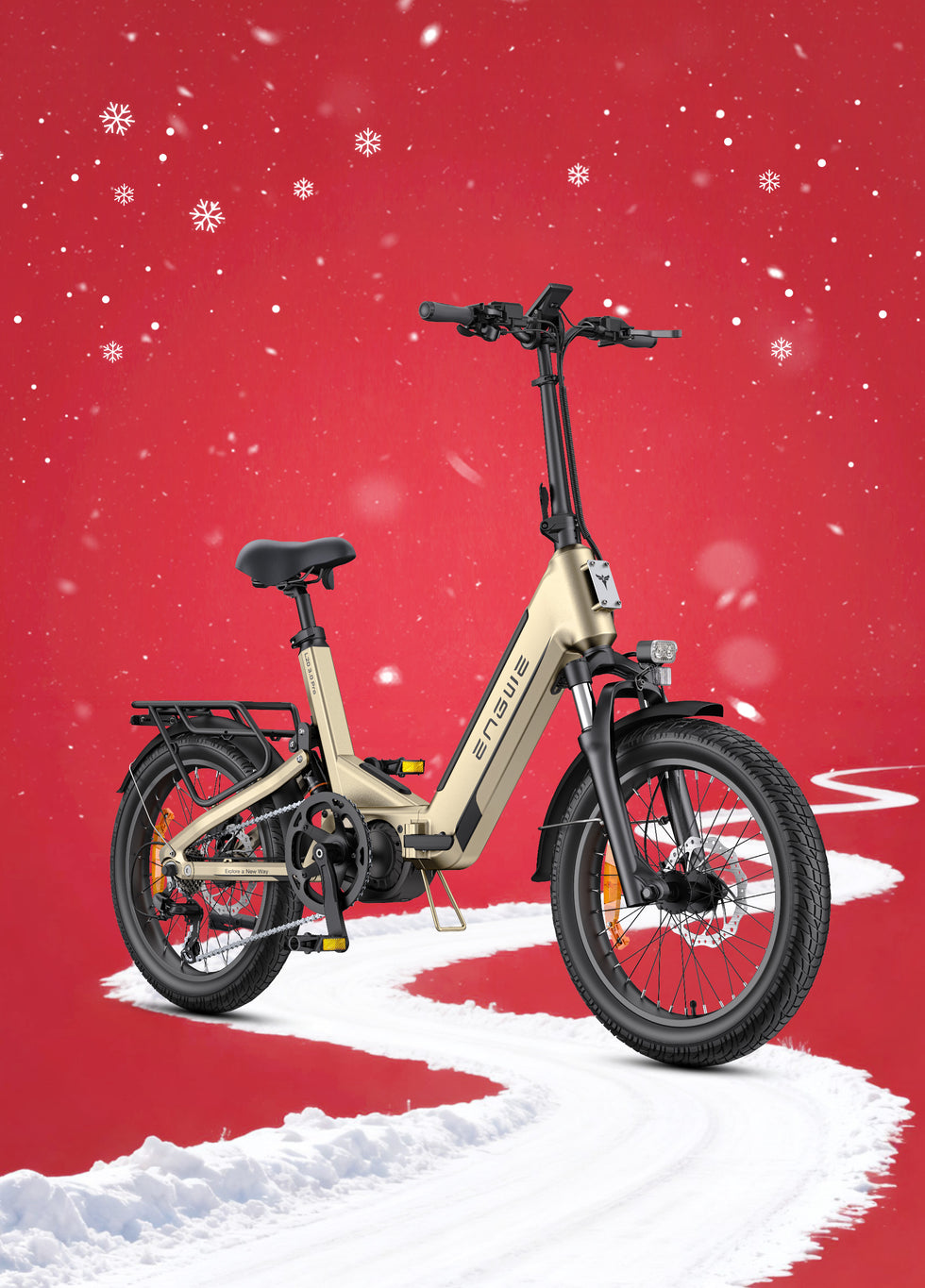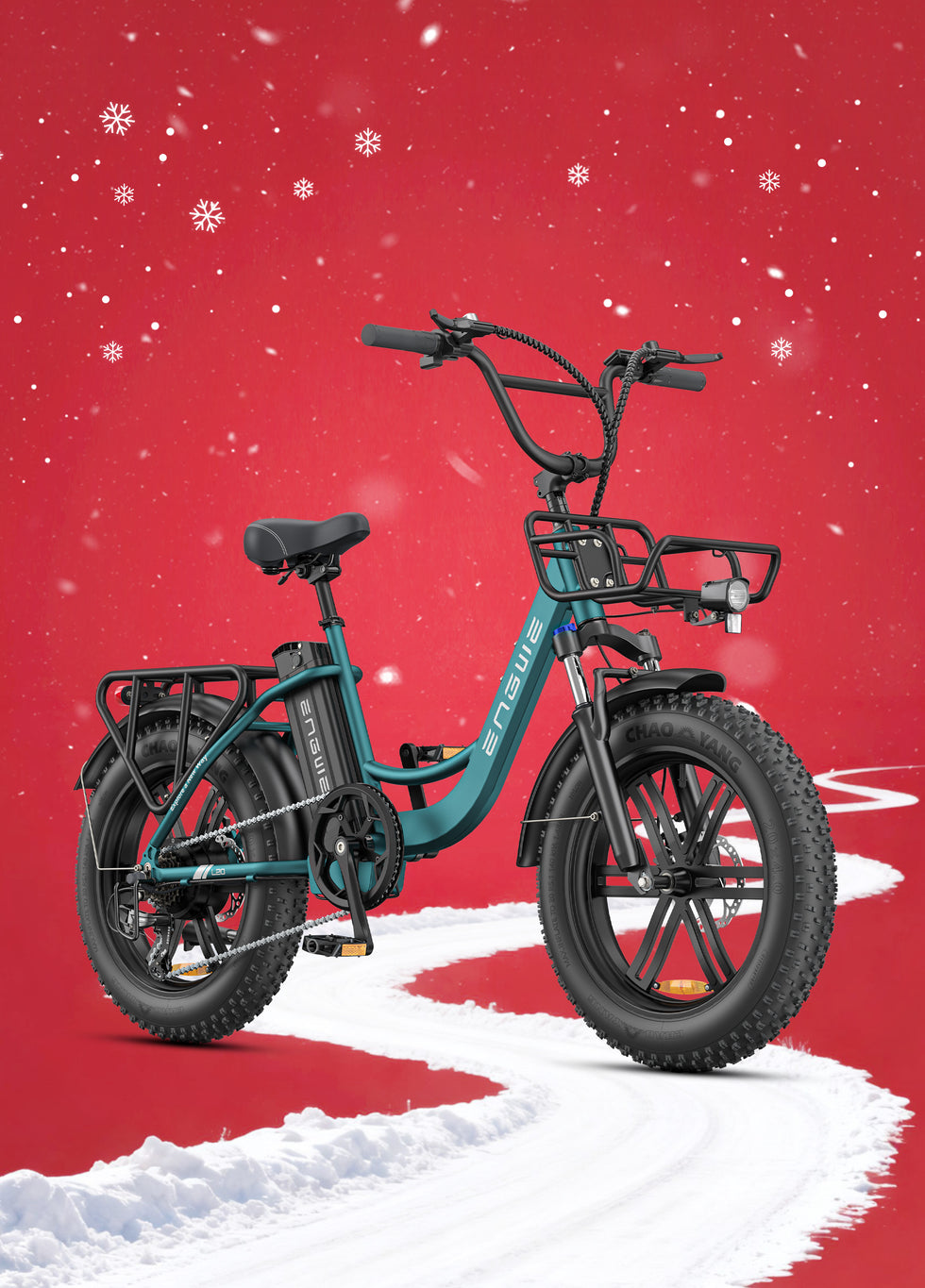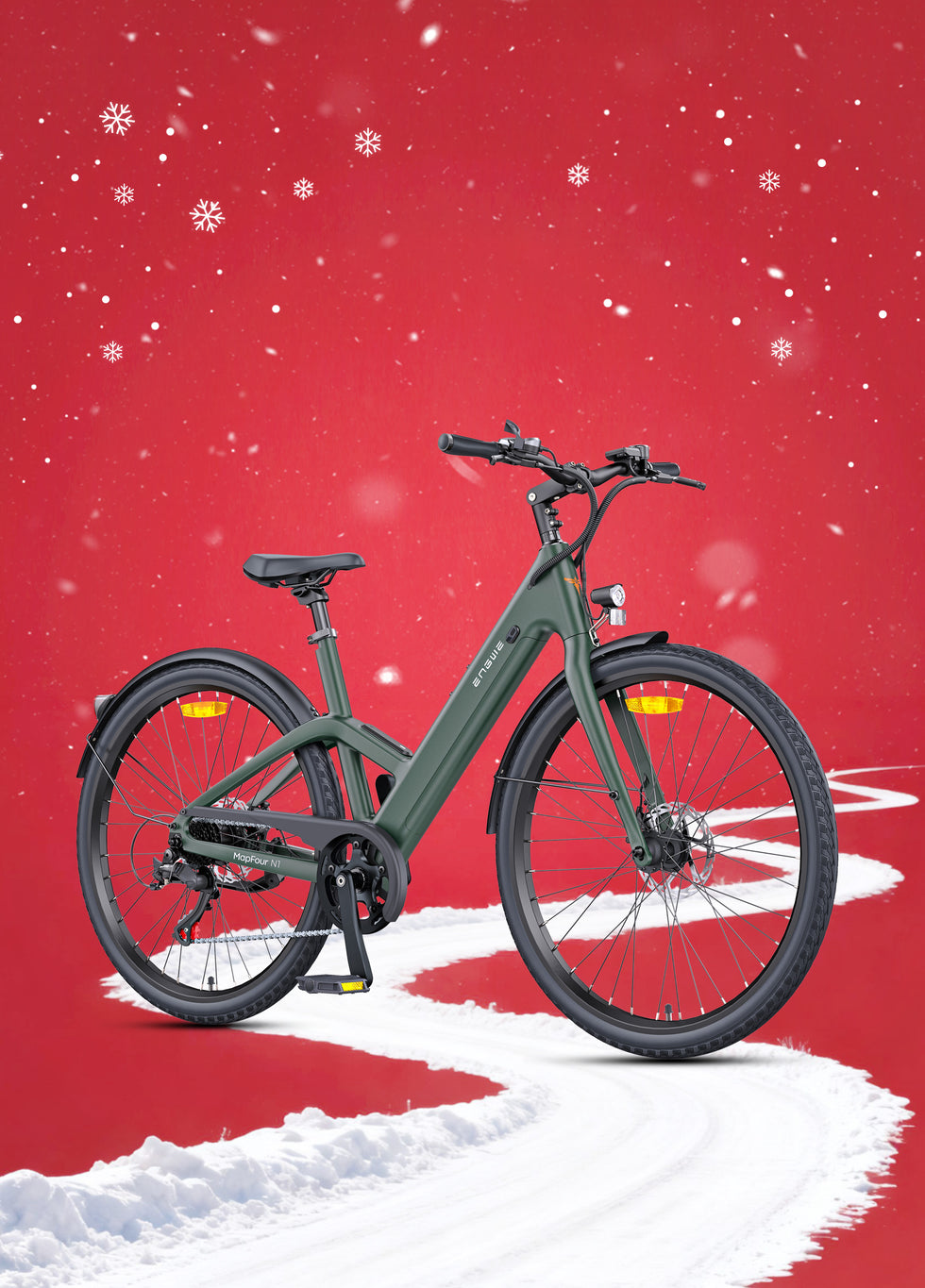Discover New Possibilities: The Only Travel Buddy You’ll Ever Need
After all, the romance of travel is so often in the spontaneous detours, the narrow alleys tour buses can't fit down, and the panoramic vistas that catch your breath and won’t let it go. But all too frequently, our means of getting around insulate us from these very experiences. In a car, you’re a spectator at best. On foot, you can only go so far. A regular bike can be intimidating in a hilly new area. This is where the travel electric bike steps in, not just as an instrument of convenience, but as a game-changing tool for the modern-day adventurer, altering the way you engage with a new location.
Picture pulling into a beachside city. Rather than look for a parking space or stand around waiting for a bus, you unfold your electric bike. There is a light press of the pedals and the motor whirrs to life, transforming a heavy push up a steep climb to see a scenic viewpoint into a pleasurable, easy ride. This is the fundamental promise of travelling by electric bike: removing barriers. What it does is flatten hills, shrink distances, and remove the fear of fatigue that lets your brain absorb the pleasure of discovery. You can venture more deeply into the unknown, journeying into terrain you might never consider trying on a regular bike, while still being free to stop wherever, whenever. It has the reach of motorised transport but with all the sensuous immersion of cycling; you can smell the local bakeries, hear the town square chatter, and feel the sea breeze. It’s all about opening up a new realm of freedom and capability for every holiday.
Choosing Your Steed: Important Features for a Travel Electric Bike
Your desire for an electric bike for touring is very different from that of an everyday commuter. You aren’t just purchasing a bike, but rather a portable adventure machine.
Portability
The foremost, and perhaps most important point, is portability. Game-changer: An electric bike that folds up. The fact it can fold the frame down to a small form factor means it can go in the boot of a car, a caravan locker, or down corridors on trains; it really opens up the places you can use it.
Battery Range
Next, consider the battery range. You want a battery to see you confidently through a full day of exploring without feeling 'range anxiety'. Try to find a model that provides a significant range on its lowest assistance setting, and make sure the battery is removable. This means that you can bring it into your hotel room or holiday cottage to charge safely overnight.
Durability and Utility
Durability and utility are key as well. Travel can be unpredictable, from urban city streets to rough gravel tracks, cycle paths to parkland. Fat tyres are well-suited to the job, offering stability and control over mixed terrain.
Practical Features
Finally, think about practical utility. Rear racks for a picnic and shopping, and mudguards to protect you from surprise puddles are not so much luxuries as they are essential equipment for seamless travel.

My Overall Favourite All-Around E-Bike for Travel
After trying and testing, we have discovered what makes an electric bike truly travel-capable, and the ENGWE EP-2 Boost does not disappoint as the best pick for the adventurer. Its genius is in the unerring way it brings all those essential travel-ready features together into one slick, solid package. The small and light frame makes this folding alloy bike easy to transport and store. Its powerful yet legal 250W brushless motor gives you a maximum range of up to 120 km on a single charge, which is enough to keep the adventure going all day long, and then some! But what really makes it stand out for travel is its ability to go off-road. Safely glide over city and forest alike, with 20 x 4.0 fat tyres and a front suspension fork for a comfortable and steady ride over cobblestone streets or dirt pathways. For those unexpectedly steep holiday hills, the Boost button delivers an immediate hit of 55 Nm of torque, which flattens out hills and keeps riders feeling fresh. In addition, its smart torque sensor power feels smooth and cyclists just can't help but grin! With features that include a heavy-duty rear rack, a 150 kg maximum load capacity, a removable battery for convenient recharging, plus powerful 180mm disc brakes for safety, the ENGWE EP-2 Boost is much more than an electric bike; it’s a dependable, powerful travel companion.
| Feature | Specification |
|---|---|
| Motor | 250W Brushless Motor |
| Max Range | Up to 120 km |
| Tyres | 20 x 4.0 inch Fat Tyres |
| Torque | 55 Nm (with Boost) |
| Brakes | 180mm Disc Brakes |
| Max Load | 150 kg |
| Key Features | Folding Frame, Front Suspension, Removable Battery, Rear Rack |

From Home to Holiday: The Practical Logistics of Transporting Your E-Bike
Having the ideal travel e-bike is only half the battle; learning how to handle it while on the road will make for a much more enjoyable trip. If you’re road-tripping in a car or campervan, opt for a foldable one, as this is the simplest option. Practice folding and unfolding it a couple of times at home to get the hang of it. Measure your boot or storage space to make sure it fits. For safety, don't let your e-bike sit unattended on a vehicle rack for any extended period, especially overnight. Keep it inside always or lock it to an immovable object with a strong D-lock or heavy-duty chain lock. Charging is easy with a user-replaceable battery. At the end of the day, unlock the battery, carry it inside your lodgings, and charge it like a laptop with the included charger. This also secures the most expensive part of the bike. Before you pedal out, check that your tyres have plenty of air, that your brakes are effective, and that your battery is topped up and correctly located and locked. Oh, and a small tool kit, including a puncture repair kit, multi-tool, and small pump, is a good idea, too, for minor roadside niggles.

Your Next Adventure and Frequently Asked Questions
The opportunities presented by a travel e-bike are endless. Consider a city break in a sprawling European capital. Rather than weaving your way through the underground system, you can scoot down canals and through historic parks, uncovering hidden gems far from the tourist trail at your leisure.
Escape to a national park in the countryside. With electric assistance, you can conquer the scenically challenging trails and hilly terrain to take you to those scenic viewpoints that have previously been out of reach for many.
On coastal holidays, an e-bike is ideal for exploring miles of seafront promenades, finding secluded coves and beaches, and popping to the village shops without ever having to use the car.
And as an ideal ‘last-mile’ vehicle for anyone who’s staying at campsites or rural holiday homes, getting to and from your base to the nearest town or attraction can be a joy and a doddle. Your electric bike becomes your pass to a form of tourism that is more intimate and less confined.
1. What are the UK and European rules on riding an electric bike?
For an electric bike to be treated the same as a 'normal' bicycle (which is to say no licence, tax, or insurance is required), the regulations are largely the same across the UK and EU. The motor of the bike must not have a continuous rated output of more than 250 watts. The electrical assistance should only work when you’re pedalling, and it should stop when you reach a speed of 25 km/h (15.5 mph). In the UK, you have to be 14 to ride one on a public road. Bicycles that comply with these requirements – usually known as 'electrically assisted pedal cycles' or EAPCs – can be ridden on roads and cycle routes.
2. How should I care for my battery during travel to make it last?
Correct battery maintenance is essential for a long life. Do not store the battery in hot cars or freezing garages. Avoid, as much as possible, allowing the battery to discharge completely to zero on a regular basis; it’s healthier for the battery to top it up a little after each day’s use. Similarly, do not leave it on the charger for days at a time once it’s full. If you are storing the bike after your tour, try to leave the battery at about 40-60% charge. The most important part is to use the charger that came with your e-bike to prevent any damage.
3. What are some key maintenance skills I should learn for the side of the road?
You don't have to be a gearhead for bikepacking, but a few essential skills can give you a little peace of mind. Learn how to check the pressure of and inflate your tyres with a small, portable pump; the correct pressure is usually stated on the side of the tyre. Be familiar with how to clean and lubricate the chain, especially if you’ve been riding in muddy, dirty, or wet conditions. You should also get to know how to repair a puncture. It's more time-consuming, but carrying a spare inner tube, tyre levers, and a mini-pump means what could be a holiday-ruining setback (an hour's walk back to your hotel) becomes a 20-minute inconvenience instead.
4. Aren’t electric bikes too heavy and bulky to be useful for travel?
Although an electric bike is heavier than a non-electric one because of the motor and battery, technology and design have made them quite travel-friendly. The idea is to pick a model that folds up. A good folding mechanism allows the bike to fold into a really neat little package that's small enough to heft into a car or just to carry over short distances. The weight is a small price to pay for the huge advantage of motorised assistance: one that more than makes up for the extra kilos when you’re gliding up a steep climb without a care in the world. Taking the battery out before lifting can save you a few kg, too.
5. Could an electric bike really cope with picturesque but steep holiday hills?
Absolutely. This is one of their best selling points for travel. All their features combine to make them great climbers. You have your own pedalling power, magnified by the electric motor. You have the bike’s gears to thank for that; shift down to an easier gear, as you would on a normal bike, to make pedalling easier. High torque figures—measured in Newton-metres (Nm)—are excellent for climbing. You can even get power boosts with some options, such as the ENGWE EP-2 Boost, which has a 'boost' function to sprint forward with maximum power for a brief period—ideal for those steeper segments of your route where you need an extra helping hand.
Enjoy the freedom of the open road and experience the beauty of the terrain on your electric bike.
